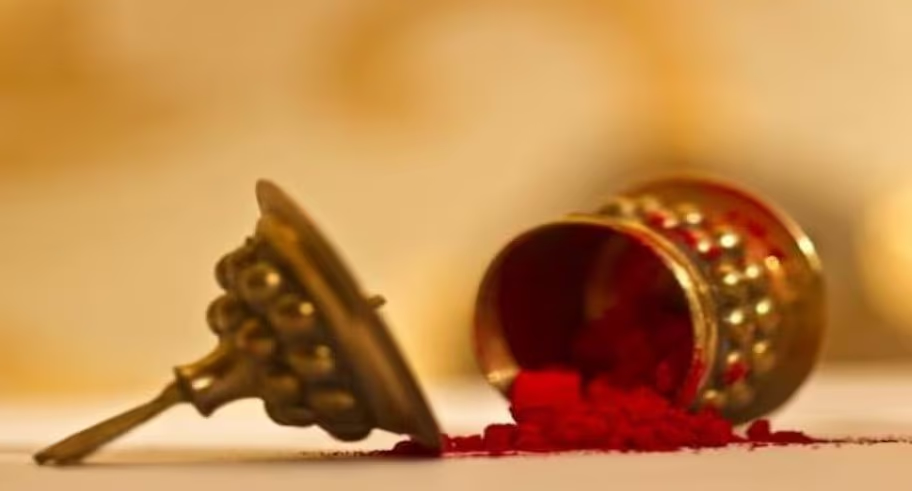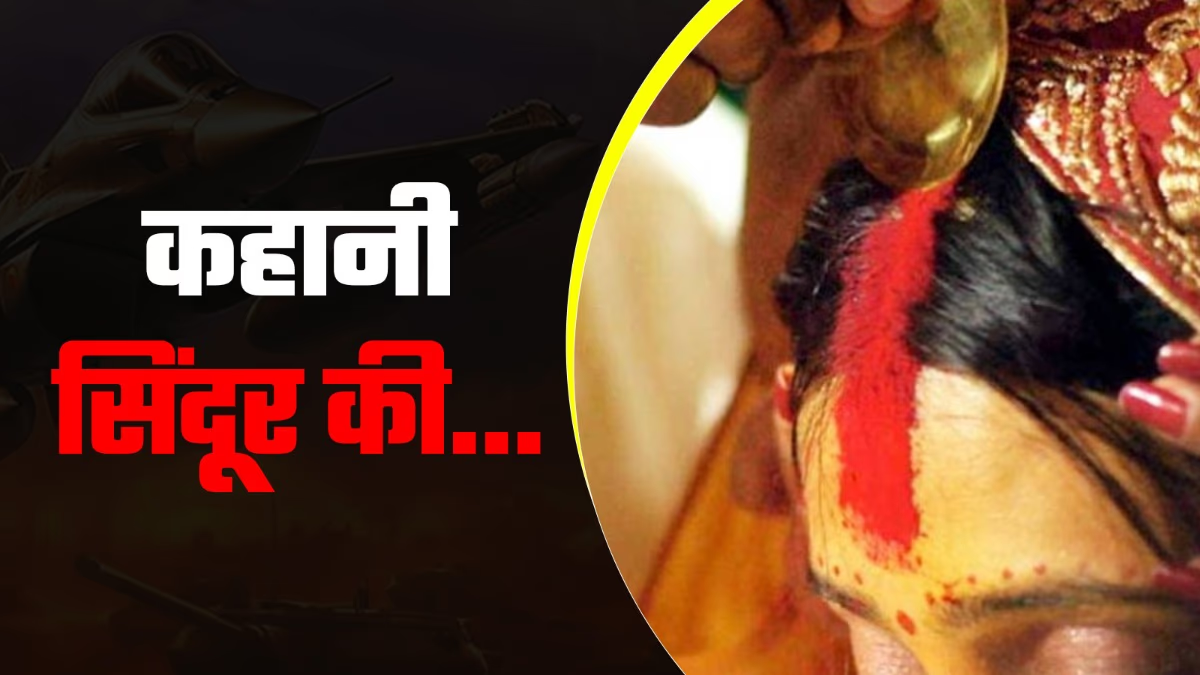Once upon a time, there was a brave soul named Veera, as valorous as his name suggested. Fate crafted a girl named Dheera, as patient as the earth, to match his courage. Like whispers in the wind, tales of Veera's bravery reached Dheera's ears, while Veera was enchanted by the stories of Dheera's beauty. Though separated by destiny, their hearts had already chosen each other.
One day, drawn together by love's invisible tether, they finally met and stayed together. Yet, as in every tale, a villain shadowed their happiness. Here, it was the bandit Kalia who disapproved of Dheera’s bond with Veera. In a cowardly act of treachery, Kalia ambushed Veera, who fought bravely but fell prey to deceit and grave injuries, inching closer to his last breath.
Dheera’s heart broke upon hearing his cries. Rushing to where the battle played out, she reached Veera. Kalia attempted to seize Dheera from Veera’s side, but with unyielding love, Dheera pushed him away, clinging to her beloved Veera. Laughing maniacally, Kalia sneered, “Dheera, Veera is dying, and soon you will be mine!”
Suddenly, Dheera, grasping the blood streaming from Veera’s chest, colored her forehead with it, defiantly proclaiming, “Try as you might, I am, was, and will always be Veera’s alone.” The magic of her words and the sight of her sindoor, painted with Veera’s blood, left Kalia speechless, and defeated, he retreated. In each other’s embrace, Veera and Dheera’s souls departed, but the sanguine mark on Dheera's forehead remained as bright as ever.

Source: aajtak
The Sacred Sign of Marital Bliss and Long Life
It is believed that sindoor is a testament of a husband's long life and a wife’s bond. This holds greater resonance now as India's combined forces executed 'Operation Sindoor', a stern retaliation against terror. This operation avenges the cowardly Pahalgam attack on April 22, 2025, where terrorists targeted 26 Hindu men, deliberately sparing women to spread fear.
Operation Sindoor: A Robust Reply to Terror
The men who fell in the attack included many newlyweds whose sindoor was erased before their very eyes. Operation Sindoor is named aptly, delivering not just military justice but a powerful message against those who seek to eradicate the significance of sindoor.
Cultural and Mythical Significance of Sindoor
In Indian society, sindoor holds immense religious and mythical importance. Its vibrant red hue is intertwined with divinity, marking it as a symbol of good fortune, which is why it's central in Hindu weddings. It's a customary ritual where the groom anoints the bride’s parting line with sindoor, sealing their marriage, followed by the 'mangalsutra'. This ritual mandates married women to apply sindoor daily as part of their routine.
Blessings of Goddess Parvati
Sindoor plays a pivotal role even in mythology. In the Ramayana, Sita Mata is said to have applied sindoor for Lord Rama’s longevity. In the Skanda Purana, Goddess Parvati is seen wearing sindoor, symbolizing marital devotion. Women across India replicate this by applying sindoor, seeking Parvati’s blessings.
Diving deeper, although the Vedas don’t explicitly mention sindoor, the red hue is echoed in Rigveda (10.85) and Atharvaveda (14.1) during marriage rituals, suggesting an indirect link. Yet, the Puranas vividly detail sindoor, cementing its place in tradition.
Emblem of Tradition and Heritage
Sindoor, known also as kunkum or sindhur, is a vibrant red powder integral to Hindu customs. Used by married women as a mark on their forehead, it symbolizes marriage, prosperity, and feminine energy. Its heritage, steeped in mythology and societal norms, is a captivating study of Indian culture.

Source: aajtak
Sindoor Through the Ages
The sindoor tradition traces back to antiquity, with archaeological finds, such as red-dyed figurines from the Harappan civilization (circa 5000 BCE), illustrating its ancient roots. Historically, sindoor was made from natural substances like turmeric and alum, evolving into pure vermilion. It carries not just religious but social importance, celebrated in rituals like Bengal’s 'Sindoor Khela' during Navratri, a celebration of womanhood and consciousness.
Read Also: India Gives PAK a Taste of 'Sindoor', Avenges Pahalgam Massacre in 15 Days!
Stories of Sindoor from Ramayana
In Ramayana, Sita’s daily ritual of applying sindoor is mentioned. When Hanuman asked why, Sita remarked it pleased Rama and ensured a healthy, long life. These beliefs emphasize that a wife wearing sindoor wards off her husband’s untimely death.
Why Offer Sindoor to Hanuman?
As a devout follower of Rama, Hanuman didn’t hesitate to coat himself in sindoor, amusing Lord Rama, who inquired about this sight. Hanuman responded, “If a pinch pleases you and extends your life, I shall wear it fully.” Rama, touched, blessed Hanuman with eternal devotion, hence the tradition of offering a sindoor chola to Hanuman.
Significance of Sindoor During Navratri and Diwali
Women apply sindoor prominently from the parting, symbolizing completeness and protection. Tradition holds that if during Navratri or Diwali, a husband applies sindoor to his wife, it strengthens their bond, wards off evil, and invites Goddess Lakshmi’s blessings.

Source: aajtak
A Symbol of Victory and Honor
Beyond marital symbols, sindoor also signifies victory. Historically, warriors were adorned with sindoor before battles by their mothers or wives, anointed with auspicious elements for protection, reminiscent of Goddess Durga. In some tales, even blood stained the warriors' forehead as a mark of triumph.
Draupadi’s Vow and Sindoor
In Mahabharata, after her humiliation, Draupadi vowed not to braid her hair until washed with Dushasana’s blood. After the war, when Bhima fulfilled her vow, Draupadi decorated her hair and forehead with sindoor, asserting her resolve.
Revenge of Sindoor with 'Operation Sindoor'
In the Pahalgam assault, women's marital bliss was brutally tarnished. With 'Operation Sindoor' launched 15 days later, it serves as apt retribution for the sindoor robbed from brides, restoring honor to those who fell victim to cowardly terrorism. Operation Sindoor is a tribute, wiping tears and silencing the cries of 26 men’s widows, who became unwarranted witnesses to terror’s cowardice.




